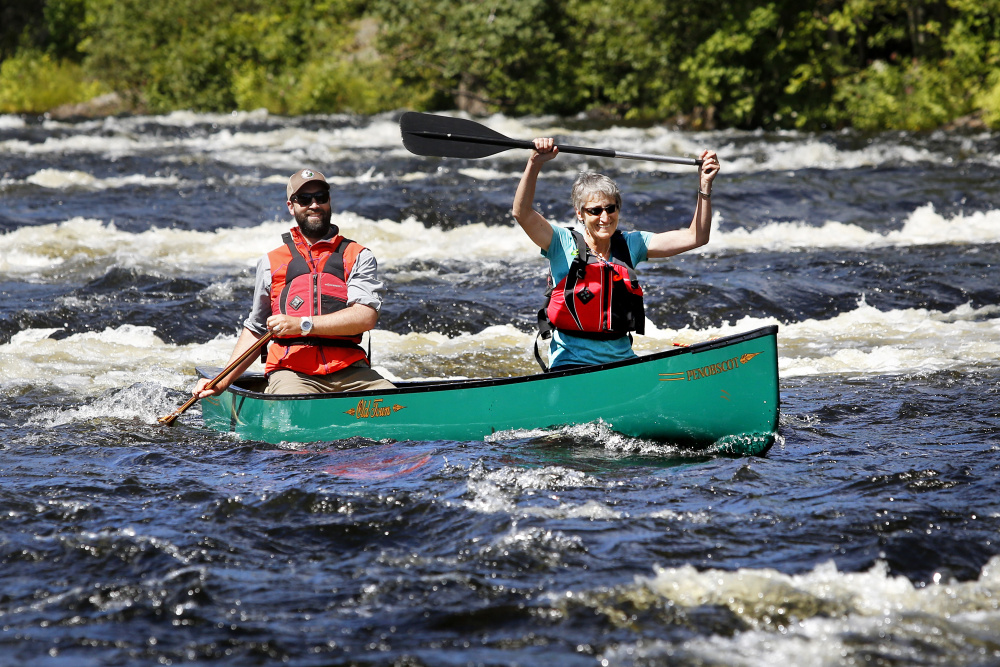President Obama in August created the Katahdin Woods and Waters National Monument, placing the full credibility and considerable marketing strength of the National Park Service behind 87,600 acres just east of Baxter State Park.
As a result, many more people will hear about the region and consider a visit. In fact, since the announcement, the number of vehicles visiting the monument’s main loop road has almost tripled, and business owners in nearby Millinocket and Patten are reporting a new buzz in town. That’s a small but encouraging sign in the struggling region, which will only get more attention going forward.
Unfortunately, the rest of inland Maine, a drive away from the lobsters-and-lighthouses section of the state, doesn’t have that sort of nationwide cachet. As the books close on another record-breaking summer for tourism, fueled by banner years in Bar Harbor and along the southern coast, it’s a good time to consider how to get more visitors to check out the parts of Maine that don’t have oceanfront property.
There’s no doubt the tourism industry in Maine is healthy. For May through August, restaurant sales were up 4.7 percent year over year, while lodging was up 7.4 percent. Year-over-year traffic totals on the Maine Turnpike have been up 4 to 5 percent each month.
But the action, as usual, is along the coast. This summer, officials say, tourists came in high numbers to Bar Harbor (to celebrate the 100th anniversary of the creation of Acadia National Park) and Portland and the southern coast (prime spots for short visits for Boston-area tourists), putting the state on track to beat last year’s tourism-revenue record of $5.65 billion.
Of course, the tourism industry here will always be driven by the coast – that’s what people think of when they think of Maine.
But in many ways, that is because the coast is where the investment and attention have gone for decades. Inland Maine doesn’t have the infrastructure and high-end offerings of the coast, nor does it have an identity outside the state.
As a result, the state is leaving tourism dollars on the table because people are unaware of the Maine that exists more than 15 miles from the coastline, and because those areas haven’t been able to spur the kind of investment in their local resources that draw visitors. We are underselling an industry that has great potential to help the parts of the state so hurt by the loss of people and jobs.
Away from the coast, Maine has lakes, mountains and trails. It has the state’s largest museum. It has theaters and art galleries. It has fairs and festivals. All these attributes and attractions must be sufficiently built upon and marketed to attract tourists seeking a certain experience – one that is uniquely Maine, but also full of amenities and top-notch service.
That sells on the coast, and it can sell in the rest of the state, too.
Send questions/comments to the editors.


